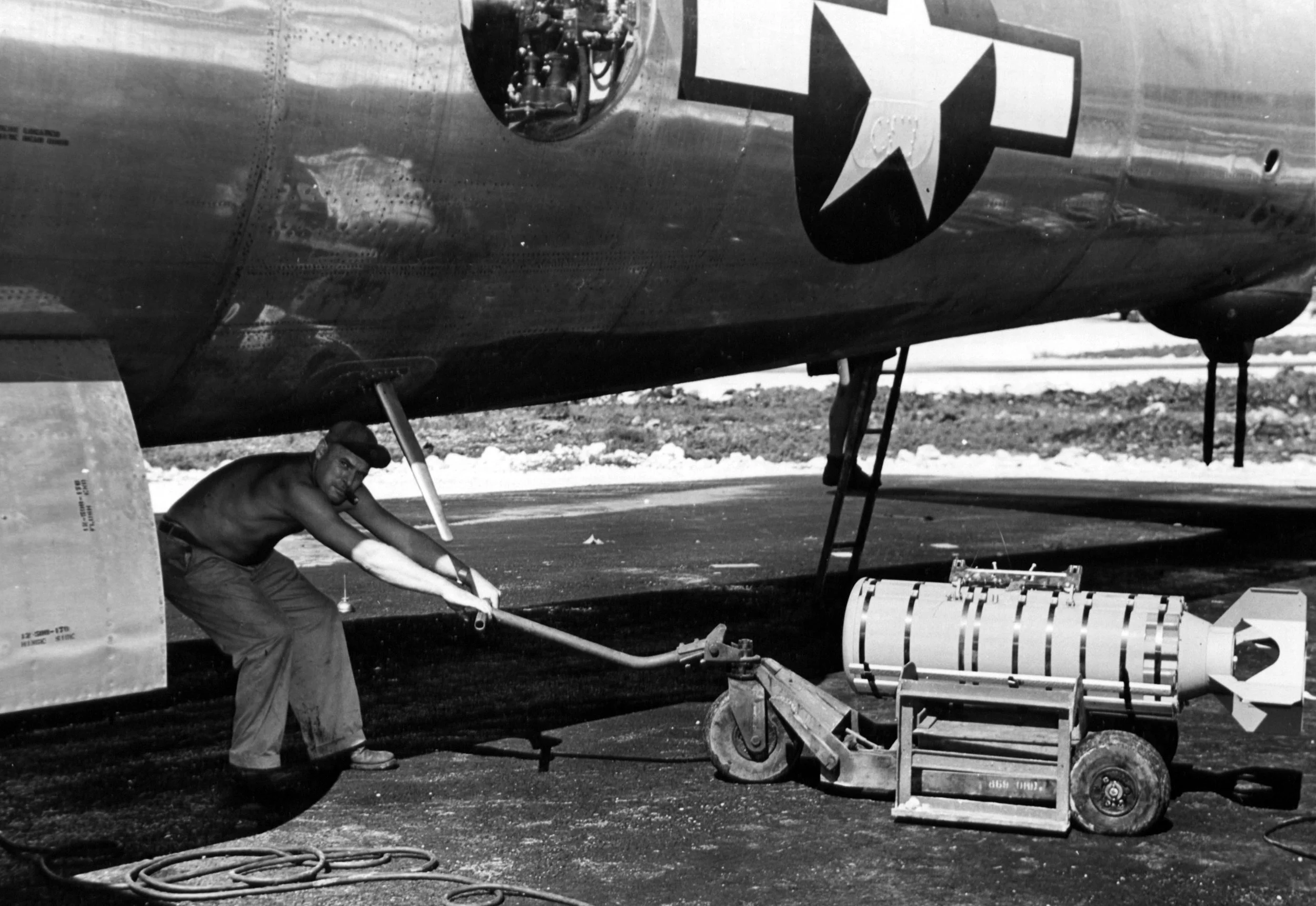The Bombs that Really Ended WWII
As viewed from America, credit for ending World War II in the Pacific regularly goes to the two atomic bombs that devastated Hiroshima and Nagasaki on August 6th and 9th, 1945. With justification, Russians are more likely to emphasize the importance of the Soviet Union as it declared war against Japan on August 8th and began to flood 1.6 million troops into Japanese-occupied Manchuria. These and other events were certainly important, but neither did as much to degrade Japan’s will and ability to continue the war as did America’s 6-pound M69 incendiary bombs. The final use of these and other incendiary munitions came later in the war than most people realize. It was not until August 14—just one day before Emperor Hirohito publicly announced Japan’s unconditional surrender—that American B-29s conducted their last incendiary attacks.
The Heroism of Logistics, April 1945
Eighty years ago, in April 1945, a detachment of one officer and seven enlisted men from the 757th Chemical Depot Company were finally given the forward assignment they wanted. Their orders sent them from their Company’s base at Hickam Field in Hawaii to the Mariana Islands to assist in the firebombing attacks then being conducted on Japanese cities. Although personnel of the 757th had experience and expertise with both toxic chemical bombs and the most sophisticated of America’s incendiary bombs, this mission was planned to help fill a critical shortage of standard incendiary bombs with the quick delivery of low-tech barrel bombs.
The 802nd Chemical Company on Guam, Feb. 1945
Eighty years ago, on February 3rd, 1945, the 802nd Chemical Company (Air Operations) participated in the official opening of North Field on Guam. They had arrived on Guam just two weeks earlier, assigned to establish and operate a “Class V Air Chemical Ammunition Depot” supporting the B-29s of the 314th Bomb Wing, XXI Bomber Command. Commander of the XXI, Gen. Curtis LeMay, was ….


